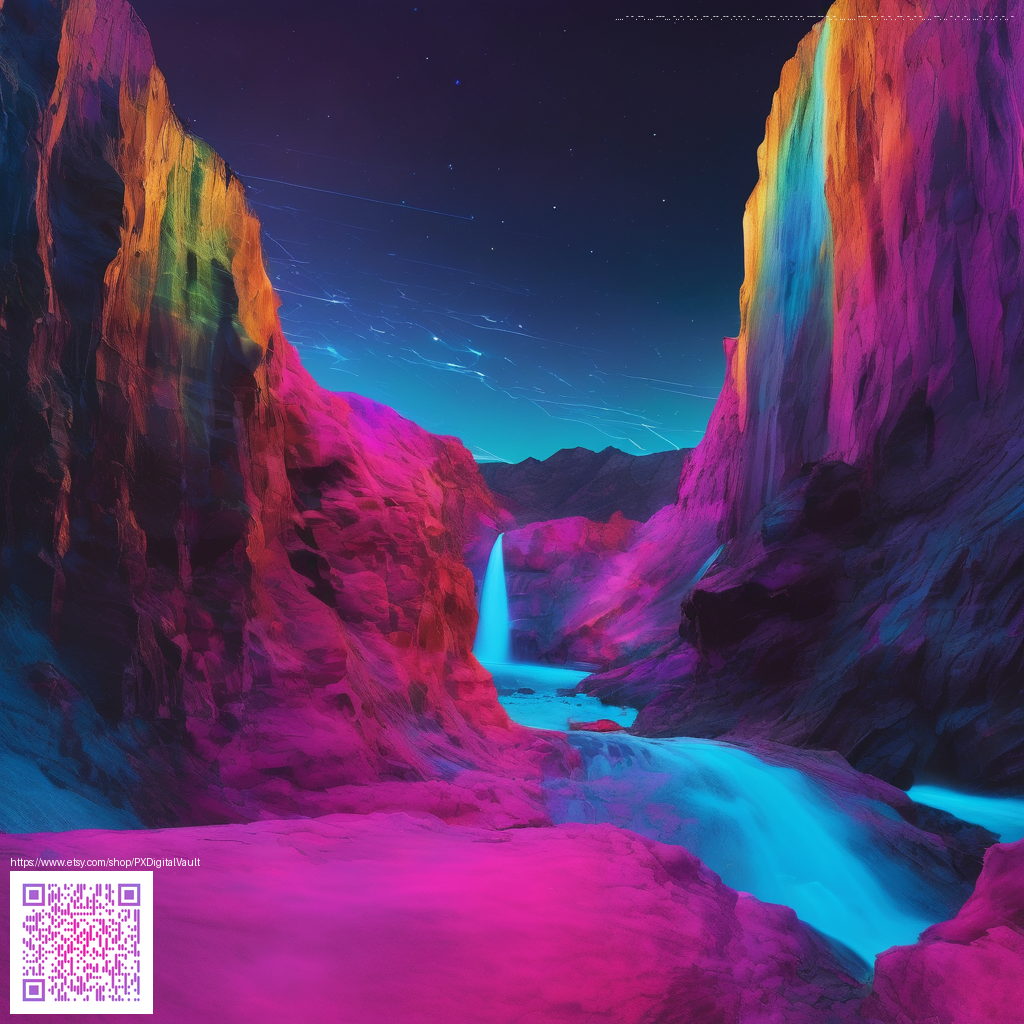
Fantasy-Themed Digital Paper Ideas for Creative Crafters
Digital papers have become a cornerstone for modern crafters, offering a world of texture, color, and atmosphere without the mess of traditional supplies. When you tilt your projects toward fantasy, these patterns can transport viewers—from a hello card to a fully illustrated journal spread—into a realm where dragons, moonlit forests, and ancient tomes feel within reach. This guide explores practical ideas you can start using today, along with tips to help you layer, print, and publish your own magical collections.
Texture is the magic
Texture is where fantasy papers shine old-school charm into digital form. Combine parchment-like bases with starry overlays, or add a whisper of brushed-metal for hints of armor and magic. Use subtle transparency to let layers breathe, then anchor focal elements with a bold motif—like a sigil or a dragon scale border. A carefully balanced mix creates depth so that characters and symbols don’t disappear into the background.
Iconography that whispers fantasy
- Dragonscale patterns as delicate borders or faint background fills
- Moon phases, constellations, and celestial maps for otherworldly scenes
- Runes, sigils, and magical wards as decorative panels
- Enchanted forests, crystal caverns, and misty moors as scene-setting backdrops
- Heraldic crests and character silhouettes to personalize planners or invitations
Color palettes that tell a story
Fantasy worlds thrive on contrast. Try a nocturnal palette with deep blues, graphite, and pearlescent whites, or a luminous forest palette with emerald, sapphire, and gold accents. Parched parchment tones can ground a page, while electric hues—neon teal or magenta—provide a bold spark. Seasonal shifts work beautifully too: bronze and ruby for a dragon festival, or silver and lavender for a moonlit ball.
Practical applications for digital papers
Whether you’re designing printable ephemera, card toppers, journaling dashboards, or scrapbooking pages, digital papers offer flexibility and repeatability. For print projects, aim for 300 DPI when you plan to cut or layer. Offer variations—subtle textures for minimalist looks and bolder patterns for bold projects—so creators can mix and match with confidence. A modular approach makes it easy to assemble themed sets that scale from tiny stickers to large posters.
“Layering is where the magic happens. Start with a deep base, build with translucent overlays, and reserve one bold motif as the focal point.”
To ground your ideas in practical realities, some designers even reference tactile planning surfaces for layout reference. For instance, a Neon Gaming Rectangular Mouse Pad (1/16 in thick, non-slip) can serve as a real-world planning mockup for aligning decorative panels and borders. You can explore the product here: https://shopify.digital-vault.xyz/products/neon-gaming-rectangular-mouse-pad-1-16-in-thick-non-slip.
Digital building blocks you can reuse
Adopt a modular workflow: create a base paper with a subtle texture, then add layers for borders, motifs, and atmospheric overlays. This approach makes it simple to assemble a cohesive fantasy collection—think dragon-hunter sets, fairy-tale festival packs, or wizardly parchment bundles. Save pattern swatches and transparent overlays so you can swap in new elements without starting from scratch each time.
Where to find more inspiration
If you’re chasing fresh ideas, exploring curated libraries and design blogs can keep your work evolving. For a deeper dive into related concepts, you might enjoy the broader catalog available at the source page: https://x-vault.zero-static.xyz/b022858e.html.